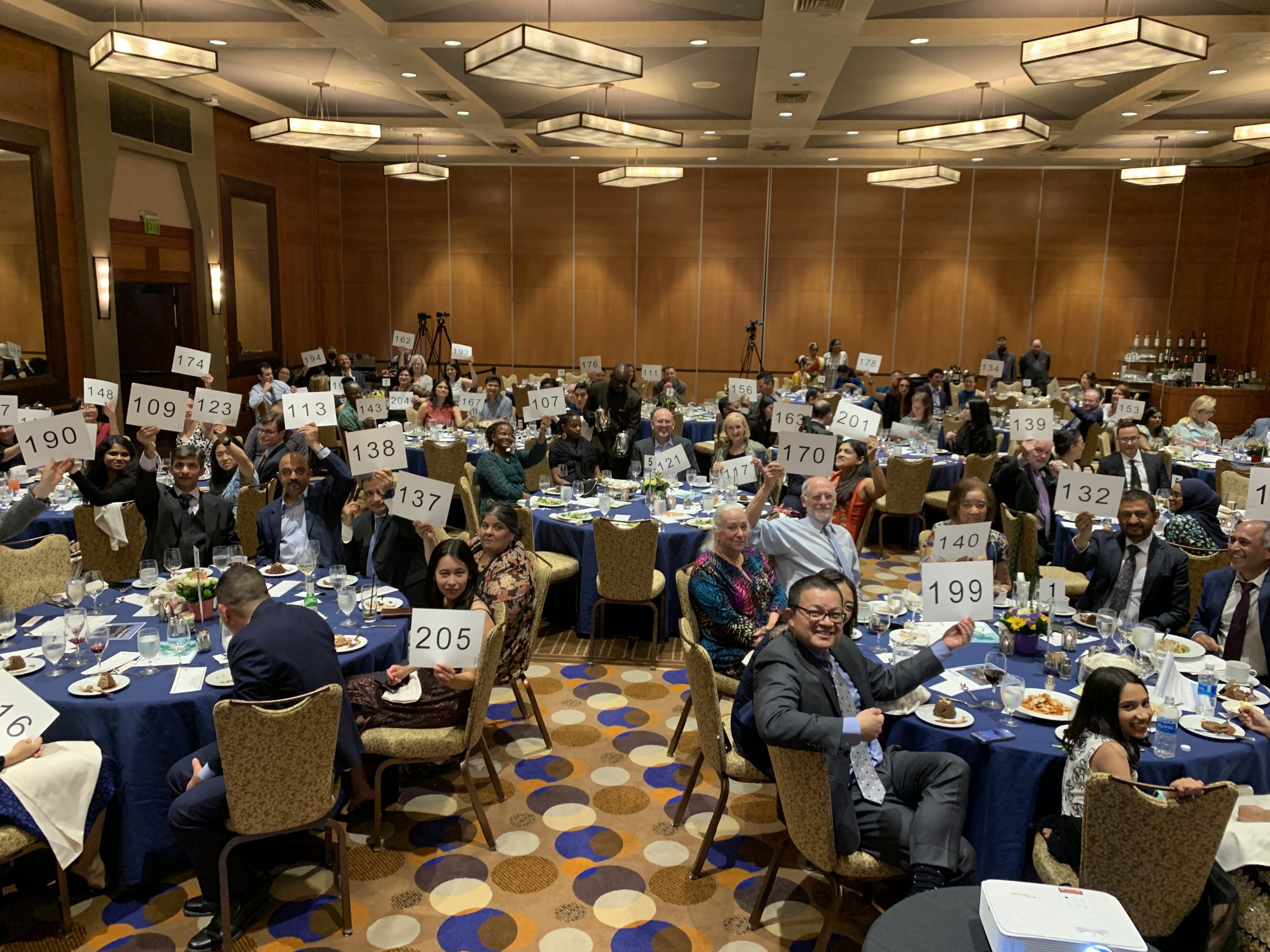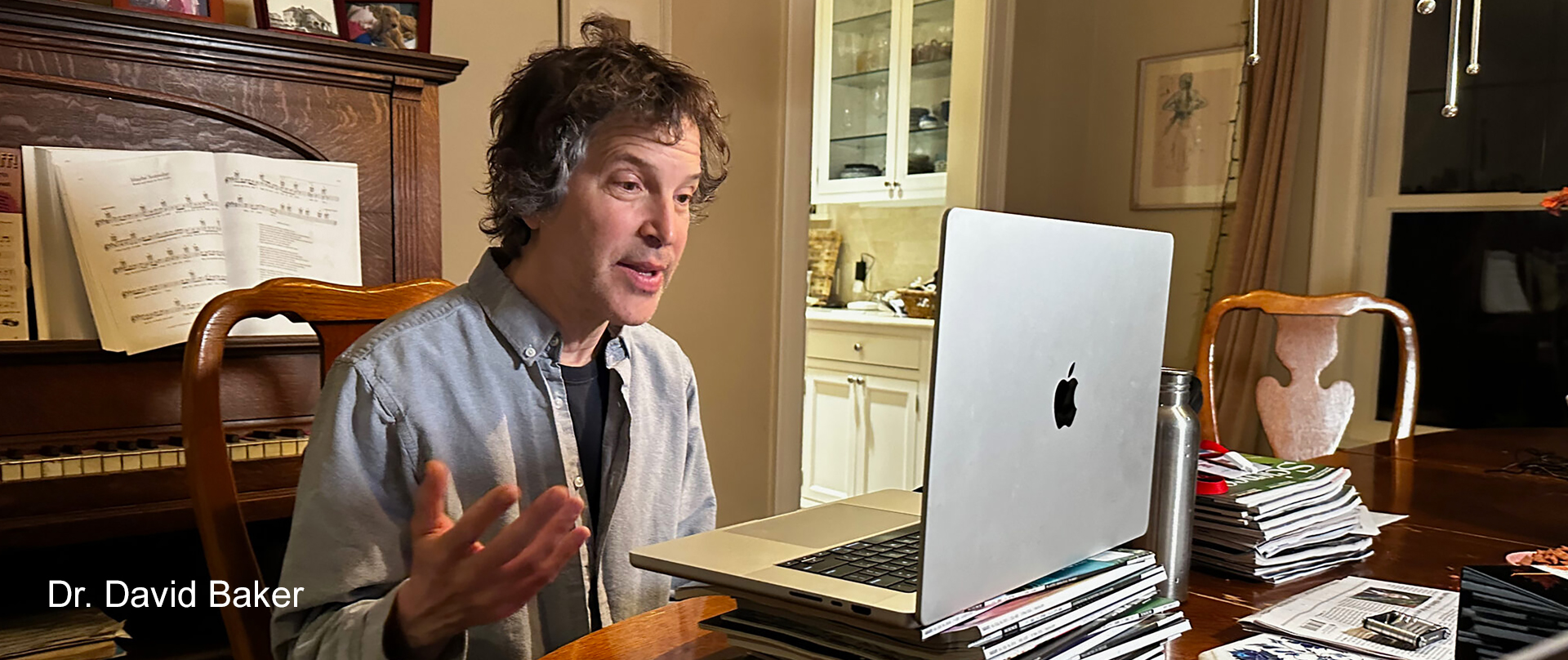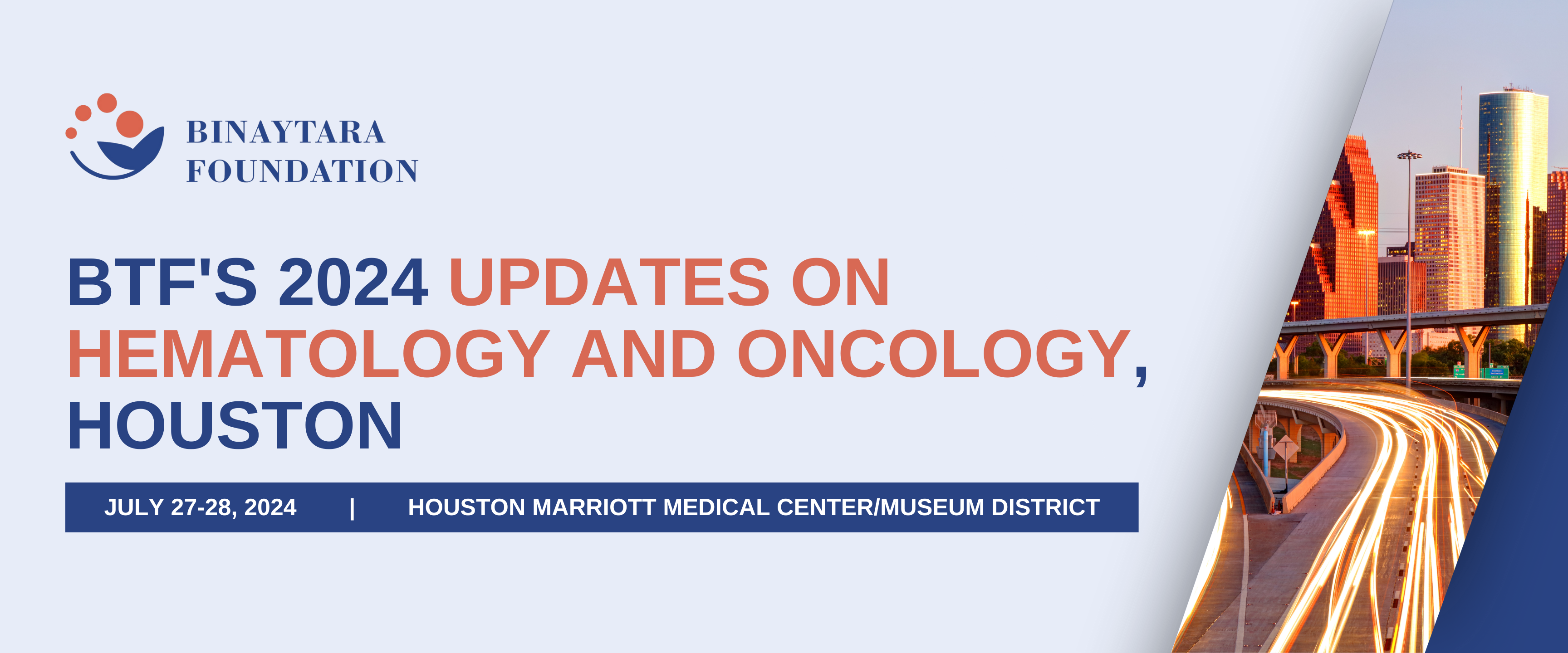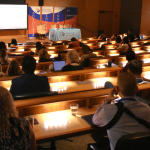The 2024 Summit on Cancer Health Disparities showcased an array of lectures, panels, and abstract presentations, all dedicated to addressing the numerous inequalities in cancer care. The summit’s primary aim is to foster dialogue and exchange ideas on achieving health equity, making it a pivotal event for advancing the fight against cancer disparities globally.
Focusing his research in Latin America, Dr. Michael Dykstra’s abstract presentation highlighted his approach to improve radiation therapy, specifically contour delineation, in developing countries. Contour delineation is a crucial component of the radiation treatment planning process that involves outlining targets and organs at risk in order to optimize tumor control and reduce radiation toxicity.
As a current radiation oncology resident, Dykstra’s project included designing educational courses and quizzes for physicians in two medical centers— one in Paraguay and one in Nicaragua. Dykstra said his mentor, Dr. Benjamin Li, helped connect him to these facilities and their physicians which allowed him to move forward with his research.
“I created some educational materials, and then did some pre and post tests to confirm contrary knowledge before and after the course,” said Dykstra.
The study compared the outcomes of two different educational approaches. At the center in Paraguay, providers were taught a 15 week course with interaction and guidance from an experienced resident. At the second center in Nicaragua, providers there received written resources and access to a case bank, but no live interaction with a resident.
“What we showed is that doing these longitudinal lectures did improve contouring knowledge, but just sending written resources did not and so, that to us shows that this is a model that can be used potentially: pairing a resident with centers,” said Dykstra. “But also that passively sending information to centers among middle income countries is not likely to have as much of an effect as doing a course like this.”
The implementation of the educational course has direct impacts in the regions that the centers serve by providing higher quality radiotherapy with the help of providers who are more knowledgeable. More broadly, Dykstra said he hopes his research can serve as a model for providers interested in global health and education work.
The commitment to provide more advanced training to physicians in underserved areas goes hand in hand with the task of increasing the accessibility of up-to-date drug therapies.
At SCHD, Physician Assistant Ryan Cain presented a case study on bispecific immunotherapy treatments administered to patients at community clinics in rural Oregon. His case review detailed the logistics of the treatment program, providing a blueprint for other community sites to potentially adopt these newer and more advanced immunotherapies.
“Generally immunotherapy is a huge arena within oncology care and oncology treatment. There are over 200 bispecific immunotherapy treatments that are being studied and then there are several that have been recently approved by the FDA for commercial use,” explained Cain. “So, demonstrating early upfront administration in rural and community settings has huge implications for all the new drugs that are coming through— and demonstrating that smaller community sites can do these newer therapies.”
Cain’s case study examined the responses of three patients to bispecific immunotherapy to determine their ability to complete the treatments and identify any potential adverse effects. Currently, two patients are undergoing active therapy without any adverse effects, while one patient has successfully completed the therapy. All three patients are currently in remission.
From case studies to research projects, abstract presenters at SCHD 2024 exhibited their passion projects that create solutions to disparities in cancer care and help underserved patients. A crucial part in addressing healthcare disparities for vulnerable patient groups is increasing representation among medical professionals and physicians.
Kaleb Noruzi, a medical student at New York Medical College collaborated with fellow medical students and the Diversity Equity and Inclusion team at his institution to research discrepancies in medical education ranging from medical school to hematology and oncology fellowships. By comparing US Census data to statistics from the Association of American Medical Colleges and the Accreditation Council for Graduate Medical Education, they found significant racial and gender disparities within medical education.
Their research found that there’s a significant increase in men compared to women within hematology-oncology residencies and fellowships. Noruzi said there needs to be more work done to determine why these disparities exist and how they translate to representation in cancer care. He believes that equalizing the distribution of women who have hematology and oncology attending physician status will lead to an improvement in the care of women and female patients.
Noruzi and his team also examined racial disparities in white, black and hispanic populations within the segmental pathway through medical education and residency. They found that despite an increase in Hispanic-Latino hematology and oncology fellows in the past decade, they are still underrepresented compared to their white counterparts. Furthermore, the number of African American fellows has not significantly improved in the past decade.
“I believe that working to rectify the pipeline, and to diversify and make more equitable the distribution of race and ethnicity in hematology-oncology fellowship, will lead to more strong initiatives and more frontline physicians who are willing to make a change and make sure that those patients get equal treatment,” said Noruzi.
The Summit on Cancer Health Disparities exhibited numerous studies and research projects, all addressing various disparities in cancer care and medical education. By fostering collaborative interdisciplinary interactions and forging partnerships, the conference aimed to stimulate the exchange of groundbreaking ideas and innovative clinical practices. It proved to be a cornerstone in the ongoing effort to improve cancer care across all demographics.
Noruzi said the conference was a great opportunity to discuss and exchange ideas with other medical professionals and like-minded individuals.
“I really enjoyed that not only was it informative in giving a broad overview and layout of the current state of the art research and works to reduce disparities in global cancer care, but I thought it was also very interactive and educational; it felt very collaborative,” said Noruzi.
Dykstra applauded the lineup of speakers and contributors at the summit and added that the conference allowed him to meet many new medical professionals outside of his own field and make meaningful connections.
“I think in general, it really showed me the many angles that we can take to fight disparities,” said Dykstra. “So, sort of ‘broadening horizons’ was helpful and just meeting all these people doing really amazing work in different fields across oncology was very encouraging.”
Read more about the abstracts:
https://journal.binayfoundation.org/article/116833-remote-contouring-education-in-latin-america-longitudinal-effects-of-asynchronous-resources-with-or-without-synchronous-virtual-lectures
https://journal.binayfoundation.org/article/117713-establishment-of-outpatient-bispecific-program-at-oregon-oncology-specialist-a-case-study
https://journal.binayfoundation.org/api/v1/articles/116603-segmental-analysis-of-gender-diversity-in-the-pipeline-to-hematology-and-oncology-fellowship-from-2012-2022.pdf






